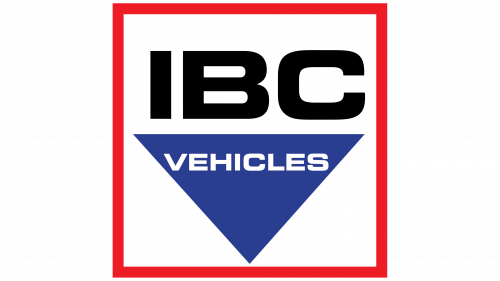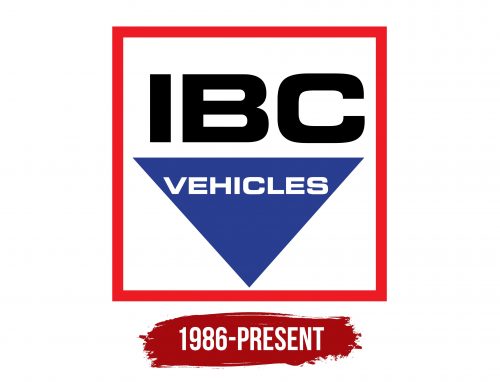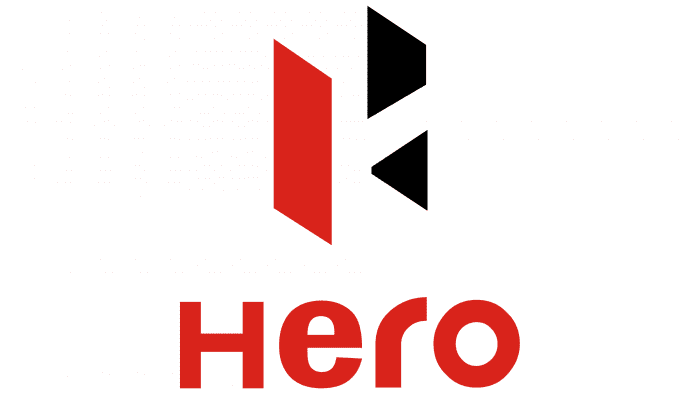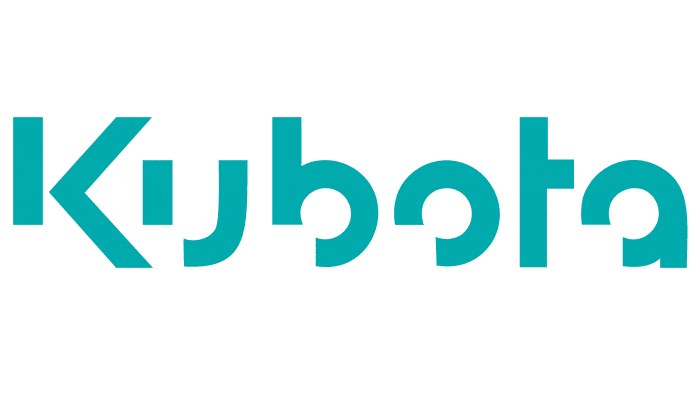The IBC Vehicles logo embodies strength, stability, and practicality. The company focuses on technical development, maintaining stability and balance while striving for perfection and innovation. The emblem reflects the brand’s significance in the English market.
IBC Vehicles: Brand overview
In 1986, IBC Vehicles became a joint venture between General Motors and Nissan to produce light commercial vehicles in the UK. This involved setting up a manufacturing facility in Luton where vans and trucks were assembled. These vehicles were sold under various brands, including Vauxhall, Opel, Nissan, and Renault.
This changed in 1991 when Nissan withdrew from the joint venture and sold its share to General Motors. From then on, IBC Vehicles became a subsidiary of General Motors’ European division. Over the following years, the Luton plant produced a range of commercial vans, notable among them the Opel Vivaro, Renault Trafic, and Vauxhall Vivaro.
In 2017, there was another change of ownership. General Motors transferred its Opel/Vauxhall brand and Luton plant to the PSA Group, and IBC Vehicles became part of the PSA corporate umbrella. Under the new management, the Luton plant retained its specialization in van production, expanding the range with models such as the Vauxhall Vivaro, Peugeot Expert, and Citroen Dispatch.
The last major transition occurred in 2021 when PSA Group merged with Fiat Chrysler Automobiles, resulting in a new company known as Stellantis. Accordingly, IBC Vehicles became a fully integrated part of Stellantis. The Luton plant assembles light commercial vans, predominantly for the UK market, under the various Stellantis brands. The facility employs around 1,100 people, highlighting its sustained importance in the automotive sector.
Meaning and History
1986 – today
The emblem’s designers chose the abbreviation “IBC,” derived from “Isuzu Bedford Company.” The letters are large, bold, and black. The word “VEHICLES” is slightly smaller and highlighted in white, making it stand out inside a blue triangle pointing downwards. These elements are enclosed within a white square outlined in red. Simple geometric shapes symbolize the manufacturer’s precise and organized approach to car production.
The primary colors—red, blue, and white—enhance the logo’s visual impact, making it memorable and easily recognizable. The downward-pointing triangle evokes a sense of direction and purpose, aligning with the brand’s focus on quality cars. The red outline around the white square adds emphasis, drawing attention to the brand’s name and mission.
The large, bold letters “IBC” are a strong visual anchor, indicating the brand’s confidence and solidity. The smaller, white-highlighted “VEHICLES” inside the blue triangle create a clear hierarchy, effectively communicating the key message.
Combining these colors and shapes creates a dynamic and visually striking emblem. The red outline frames the design, providing a strong contrast against the white background and making the elements within the square stand out prominently. This framing technique enhances the logo’s visibility and adds a layer of sophistication.
A downward-pointing triangle symbolizes precision and direction, reflecting the company’s dedication to quality and purposeful vehicle design. The integration of the white square and red outline neatly encapsulates the elements, reinforcing the brand’s organized and meticulous approach.





